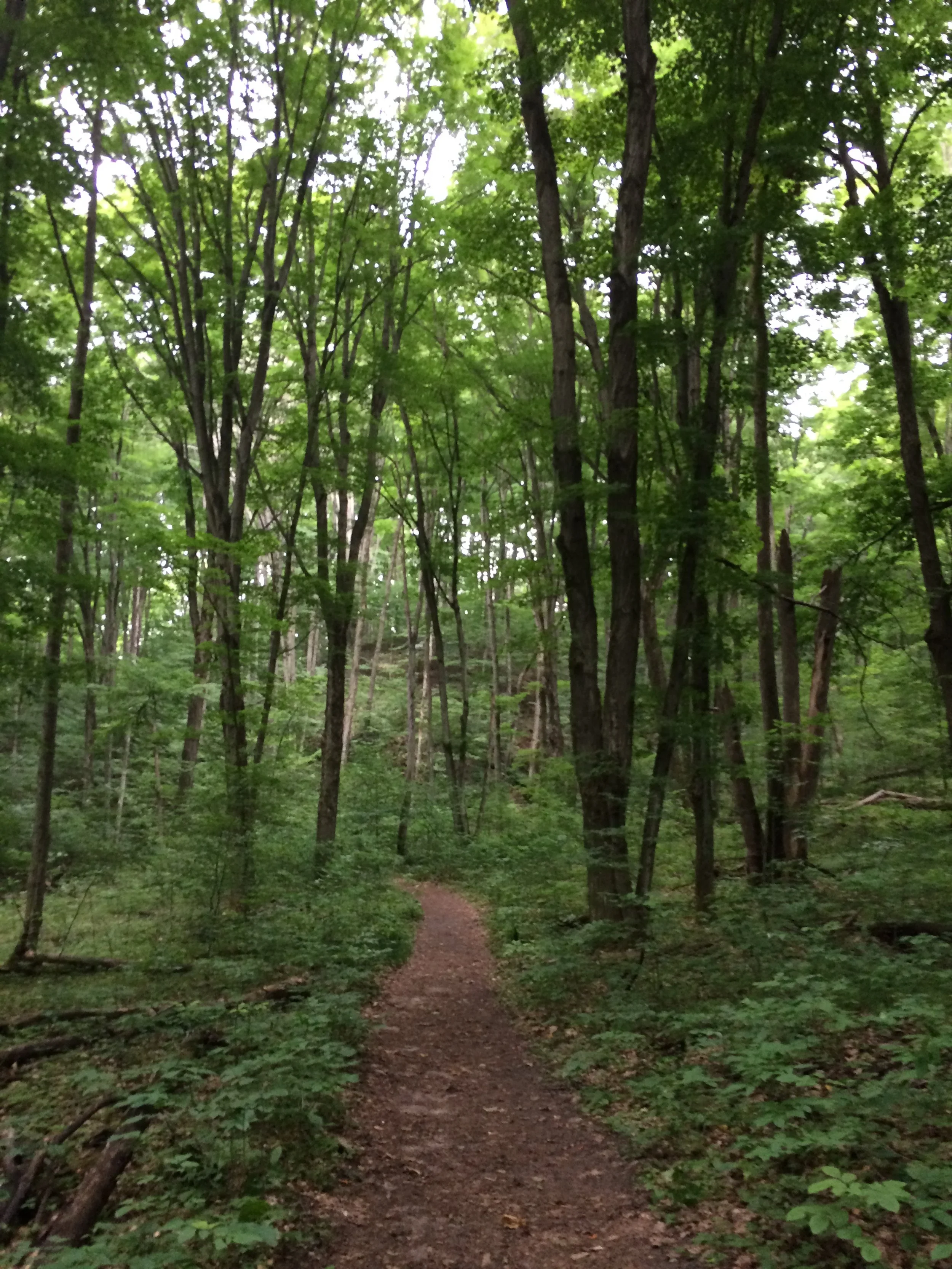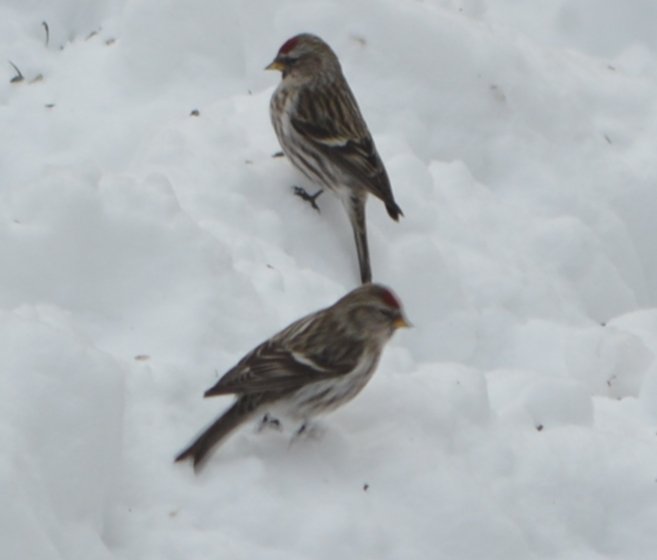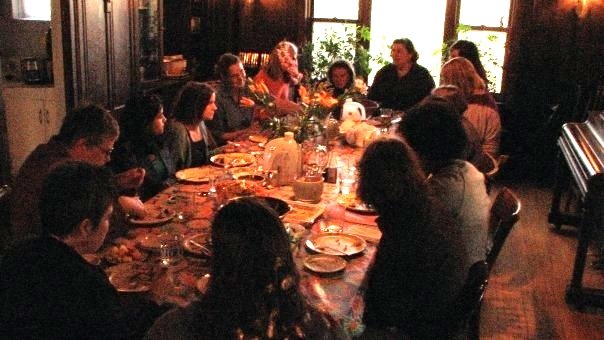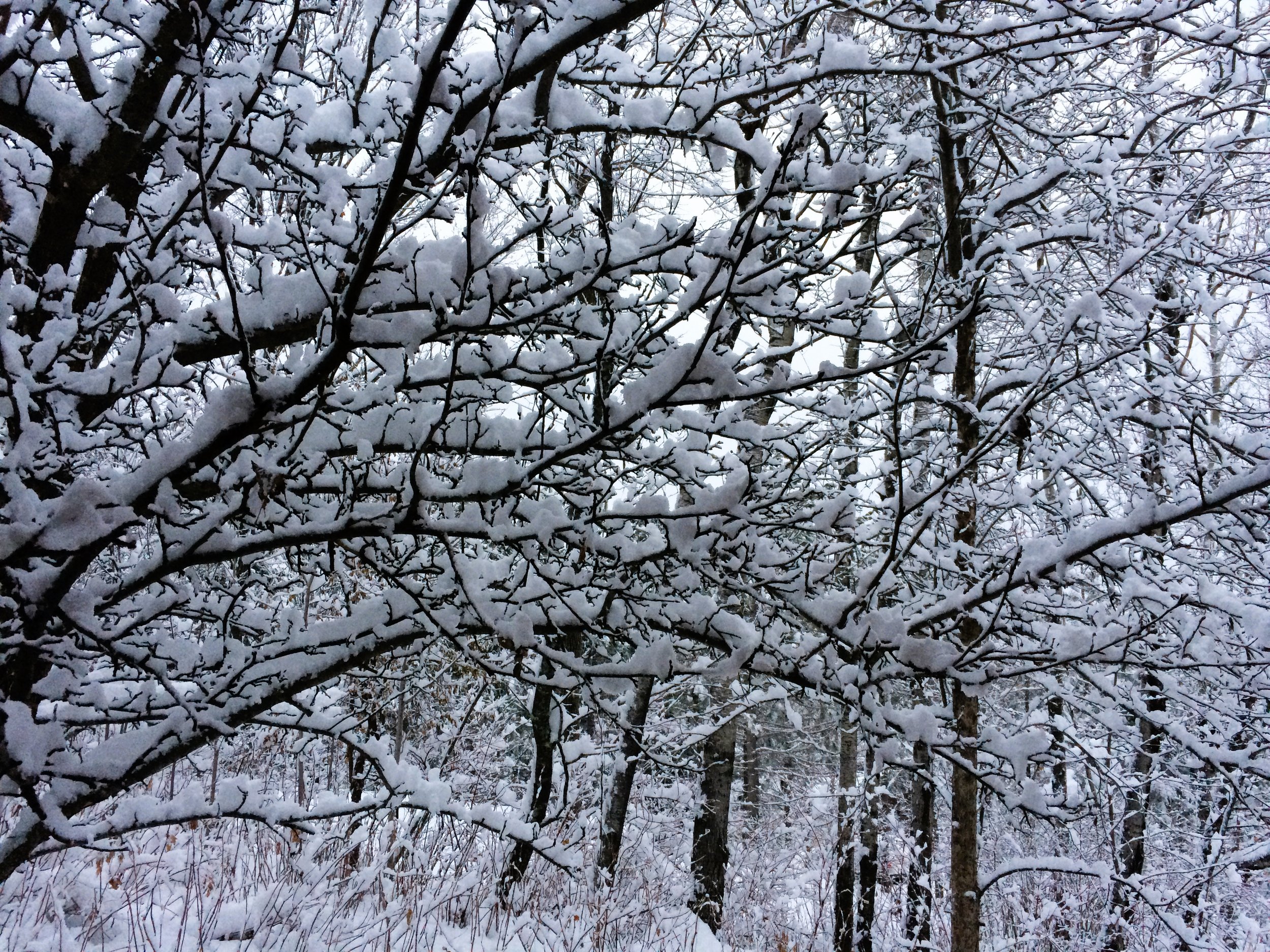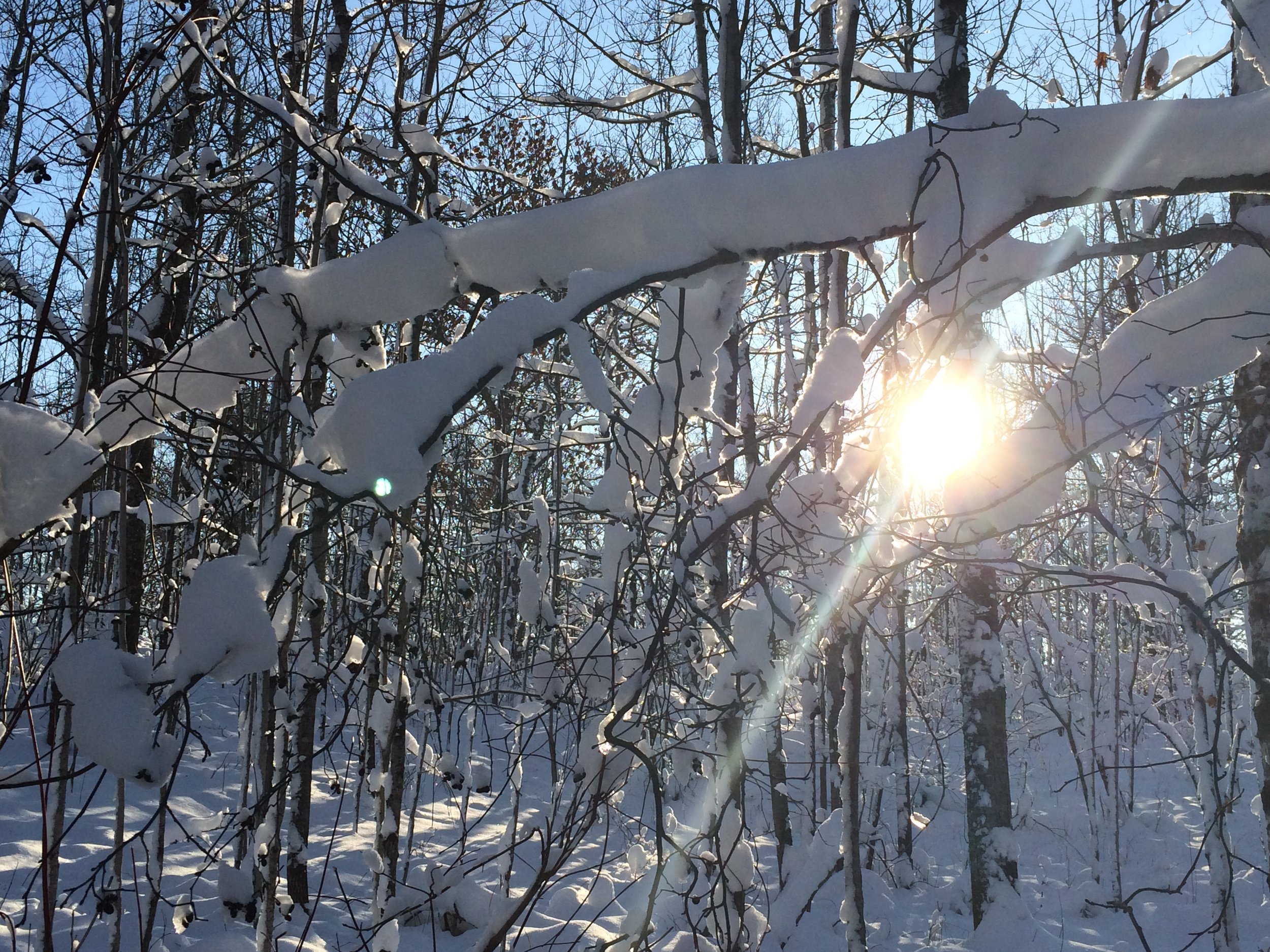“How strange this life had been. . . . I have wandered along strange paths. . . . And yet the path has been good. . . . But what a path it has been. I had to experience so much stupidity, so many vices, so much error, so much nausea, disillusionment and sorrow, just in order to become a child again and begin anew. But it was right that it should be so; my eyes and heart acclaim it. . . . Whither will my path yet lead me? . . . whichever way it goes, I will follow it.” — Siddartha
As my 70th birthday approaches, I find myself welling up with tears. Not the tears of sorrow, even trepidation, one might anticipate in crossing this threshold into “old age,” with its accompanying physical and mental declines and the nearing of mortality, but rather tears of wonder, gratitude, and amazement that I have lived this long. How did I come to this passage? I was never meant to live this long – and yet, here I am.
My first truly conscious encounter with mortality happened at the age of 20, when I was hospitalized with myocarditis and supraventricular tachycardia – heart conditions that quickly plunged me into a coma where I lived on the brink of death for four days. I would spend a month in the hospital, at first not allowed even to read as that was considered too stressful on my heart. I remember lying in that hospital bed pondering the meaning of life. What was the point of it all? Was it all futile? I had barely begun and the end was hovering so close. Eventually even the sun would die out. When I was finally allowed to read, I immersed myself in Albert Camus’s journals, writing at the age of 17 and 18 about the months he spent in hospitals with tuberculosis, when his heart was bursting with youth and longing to be out in sunshine playing his beloved soccer and swimming in the sea. The previous spring, I’d probed the meaning and purpose of life with Camus’s The Rebel -- and now I was living, and dying, the source of his questions and his fervor. In his youthful writings I’d found someone who understood the absurdity of being cut off from life just when the desire to embrace it all is surging in the intensity of youth, and I was no longer alone.
I would spend the following two months bedridden. I was not allowed even to raise my hands above my head. In the next two bedridden months in my childhood home, at the peak of my Eriksonian stage of “independence” was once again utterly dependent on my mother – to wheel me to the bathroom, feed me, bathe me, wash and brush my hair. She, who so generously gave those months of her life to care for me was too often the object of my outbursts of frustration. I spent many daylight hours contemplating my mortality, the preciousness and the shortness of life, and my nights dreaming of running. That time changed me. No longer taking any day, or step, or beloved person for granted, I lived with an intensity that sometimes frightened people away.
I would receive several reminders of the precarity and preciousness of life over the next months and years – more ambulance runs, more hospitalizations, a full cardiac arrest at the age of 21, another at 37, 38, 39– this was no easy ride. The automatic implantable defibrillator designed to shock my heart should my heart rate rise too high was more of a torture device than a source of comfort and reassurance. Eventually, I was put on a transplant list. During this time, I was raising my young son, each night tucking him in wondering if I would make it through the night, each morning grateful for another day with him. When I had a “dry run” -- meaning that after helicoptering to the Cities and being prepped for surgery, being told that the heart wasn’t good enough -- Sophia, my transplant coordinator, said, “We want you to be able to see Paul graduate from high school.” At that point, that was 14 years away. The average life span of a heart transplant recipient was five years post-transplant. At 41, I did receive a heart transplant – a gift of life from one who lost hers far too young at the age of 9. Not only did I watch my son graduate from high school, I watched him graduate from college, hooded him when he received his Master’s, have been an attentive audient at countless plays, concerts, recitals, and danced at his wedding.
I’ve been able to have a full life of marriage and family, of teaching hundreds of amazing students, of ever-expanding, ever-deepening community and lifelong friendships. I’ve worked on projects and marched in protests for peace and feminism and the environment and social justice. I’ve accompanied people in their birthing and in their dying, and all the dances with joys and sorrows in between. I’ve witnessed the beauties of the world --each sunrise an exquisite gift that leaves me with prayers of gratitude that I lived to see this day.
I have not lived the life that as child I imagined I would. Indeed, my life has taken me down many strange, unexpected, surprising, and wondrous paths. Who would I have been, I have wondered, had not my path not been diverted by illness at such a young age, had I not lived with such awareness of the precarity and preciousness of life for the past fifty years? Who would I have been had I not read Camus at a critical time in my life and found the ethic which has informed my worldview and my actions? Or gone on that first peace march? Or been changed by the first Earth Day? As Susan Griffin writes: “In a culture that values individuality and self-reliance, we forget that as unique as it is, the self is also built from received ideas, conventions, historical influences, social habits, and common designs. We are always with one another; made from one another; entering others we do not know . . . receiving elements from strangers we will never meet or who are long gone from this earth” (260). Who would I have been had I not lived in this particular time in history? Or had not found feminism, had not read Adrienne Rich, Audre Lorde, Susan Griffin, bell hooks, Carol Christ? Who would I have been had I not met this person, taken this class, accepted an invitation to make music with these women, marched in this protest and gone to that rally, heard this speaker, or attended this play, or been in rich relationship with each of the beautiful souls I have encountered in my life? Who would I have been had I not been so richly taught by indigenous elders and so deeply welcomed?
Who would I have been had I not lived in this place of such stunning beauty, of ancient rocks, towering pines, and the powerful lake with which I fell in love as a child and instinctively recognized as my true home? We inter-are with every energetic being and moment in life.
I have lived through some of the best of times, and the worst of times – with illness, loss, grief, mistakes, political and social upheavals of hope and deep dismay for the world -- but mostly I’ve lived a life richly blessed with the privileges of food and shelter and education, the very best of friends and family, the shared understanding and laughter that come from decades-long friendship, meaningful work, opportunities continually to learn and grow and create, and the love of dogs. For all of this, and for all of you who have befriended, taught, supported, and loved me so well, I am profoundly grateful.
My mother always taught me to leave a place better than I found it. I’ve pondered that often in the past few weeks. I’ve spent much of my life trying to do just that -- rebelling against injustices of all sorts to create a more egalitarian, peaceful, respectful world. At this juncture, it is difficult not to feel a bit of futility in my life’s work, for patriarchy, hierarchy, hate, environmental destruction, corrosive ways of interacting with each other seem even stronger now than when I began in all seriousness to dedicate my life to their eradication. Even the Women’s Studies program that I spent much of my life creating and building, is fading away. But this was the lesson bequeathed to me by Camus – that even though the rock may keep rolling back down the hill, one persists, for the meaning comes in doing the work itself. “This insane generosity is the generosity of rebellion, which unhesitatingly gives the strength of its love and without a moment’s delay refuses injustice. Its merit lies in making no calculations, distributing everything it possesses to life and to the living. It is thus that it is prodigal in its gifts to generations to come. Real generosity toward the future lies in giving all to the present. Rebellion proves in this way that it is the very movement of life . . . Thus it is love and fecundity or it is nothing at all” (Rebel,304). I am inspired as well, by my students -- hundreds of them, thousands – each doing so much amazing work in the world – each a ripple from a stone or two I may have tossed into their waters -- continuing the work of repairing and healing the world. The world is continually made better by them. I think of my son – a most gracious, loving, forgiving, justice-seeking, honorable man – and I know the world is better for his being in it.
Students and alums from my last lecture
As I leave my 60s and enter my 70s, I have perhaps finally earned the title of Crone – the last of the female trinity – maiden/mother/crone. “Crones are the long-lasting ones,” wrote Mary Daly. “The status of Crones is not determined merely by chronological age, but by Crone-o-logical considerations. A woman becomes a Crone as a result of Surviving early stages of the Otherworld journey and therefore having dis-covered depths of courage, strength, and wisdom in her Self”(16). Cronedom comes with its responsibilities – to create, to connect, to be in conversation, to pass on, to share the wisdom that comes from age, always with the awareness that I have so much more to learn. Among the lessons that have come with old age are the importance of letting go of past grievances, of living into the moment, of extending graciousness for people’s foibles and missteps – I suppose my own included, of seizing every opportunity to extend love and embrace life. Returning to Siddartha, like him I’ve learned “. . . that love is the most important thing in the world. It may be important to great thinkers to examine the world, to explain and despise it. But I think it is only important to love the world, not to despise it, not for us to hate each other, but to be able to regard the world and ourselves and all beings with love, admiration and respect” (119).
In my hospital bed at the age of 20 I resonated with Camus’s words, “There is a will to live without refusing anything life offers: the virtue I honor most in the world” (Lyrical 167). Or as Cris Williamson put it in song: “Come to life like a warrior/ nothing will bore yer/ You can be happy/Let in the light it will heal you/ and you can feel you/ sing out a song of the soul.”
Such a gift, this life. I am so grateful to have had so many years of it. I recently had a reminder of the precarity and preciousness of life, once again finding myself in the hospital after a 28-year hiatus. I had the great good fortune to be placed in a room overlooking Lake Superior, and on the night I was there, the moon rose full and bright over the lake. I urged every phlebotomist and nurse who came in to poke and prod and check my vitals to turn off the lights before they left, and take a moment to take in the marvel of the moonlight. I didn’t want them to miss it. I later remembered how I would do the same with the women on my college freshman dorm hall, whom I would awaken early whenever there was a spectacular sunrise. (Most were not pleased.) Life was not to be missed!
And so it is with humility and great gratitude that I embrace turning 70, grateful for every precious day. In the words of e.e. cummings:
i thank You God for most this amazing
day: for the leaping greenly spirits of trees
and a blue true dream of sky; and for everything
which is natural which is infinite which is yes
(i who have died am alive again today,
and this is the sun’s birthday; this is the birth
day of life and of love and wings . . .
Notes
Camus, Albert. Lyrical and Critical Essays. New York: Vintage, 1970.
Camus, Albert. The Rebel: An Essay on Man in Revolt. New York: Vintage Books, 1956.
Cummings, e.e. e.e. cummings: a selection of poems. New York: Harcourt Brace Jovanovich, 1961.
Daly, Mary. Gyn/Ecology: The Metaethics of Radical Feminism. Boston: Beacon Press, 1978.
Griffin, Susan. Wrestling with the Angel of Democracy: On Being an American Citizen. Boston: Trumpeter, 2008.
Hesse, Hermann. Siddartha. New Directions Publishing, 1951.
Williamson, Cris. “Song of the Soul” from The Changer and the Changed. Olivia Records, 1975.

